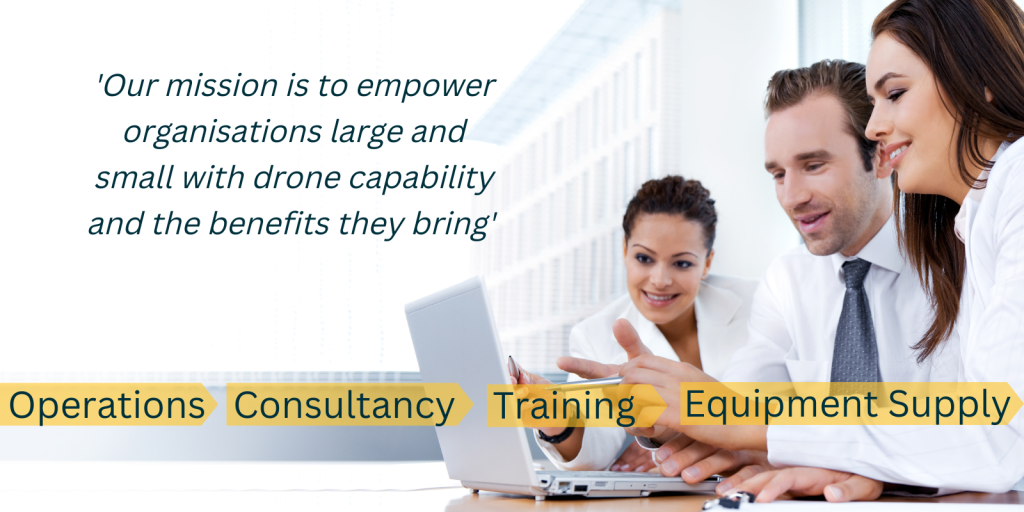Drones equipped with specialized sensors and cameras can provide high-resolution aerial imagery of farmland. This enables farmers to monitor large areas quickly and easily, identifying potential issues like under seeding, uneven crop growth, and pest infestations.
Drones enable precision farming by gathering data that helps farmers make informed decisions. They can create detailed maps of fields, highlighting variations in soil composition and moisture levels, allowing for targeted interventions such as optimal seeding and fertilization.
Multispectral and thermal cameras on drones can detect subtle changes in crop health. By capturing images in various wavelengths, drones can identify stress factors like water shortages, nutrient deficiencies, or disease outbreaks. This allows farmers to take corrective measures promptly, reducing crop loss.
Drones can identify pest and disease hotspots before they become visible to the naked eye. This proactive approach allows farmers to apply treatments precisely where needed, minimizing the use of pesticides and reducing potential harm to beneficial organisms.
Thermal imaging cameras on drones can identify variations in soil moisture and temperature. This information helps farmers optimize irrigation by targeting areas that need water the most, thereby conserving water resources and improving crop health.
After extreme weather events like storms or flooding, drones can quickly assess the extent of damage to crops and infrastructure. This aids in insurance claims and facilitates efficient recovery efforts.
Traditional methods of field monitoring and data collection can be labour-intensive and time-consuming. Drones can cover large areas in a short time, reducing the need for manual inspections and freeing up labour resources for more skilled tasks.
By collecting data throughout the growing season, drones can help predict yields based on crop health, growth patterns, and environmental conditions. This information is valuable for planning harvest and post-harvest activities.
The data collected by drones can be integrated with agricultural software and analytics platforms. This enables farmers to make data-driven decisions about planting strategies, resource allocation, and crop management practices.
Drones allow for more targeted and precise application of inputs like fertilizers and pesticides. This reduces wastage and minimizes the environmental impact associated with excessive chemical use.

